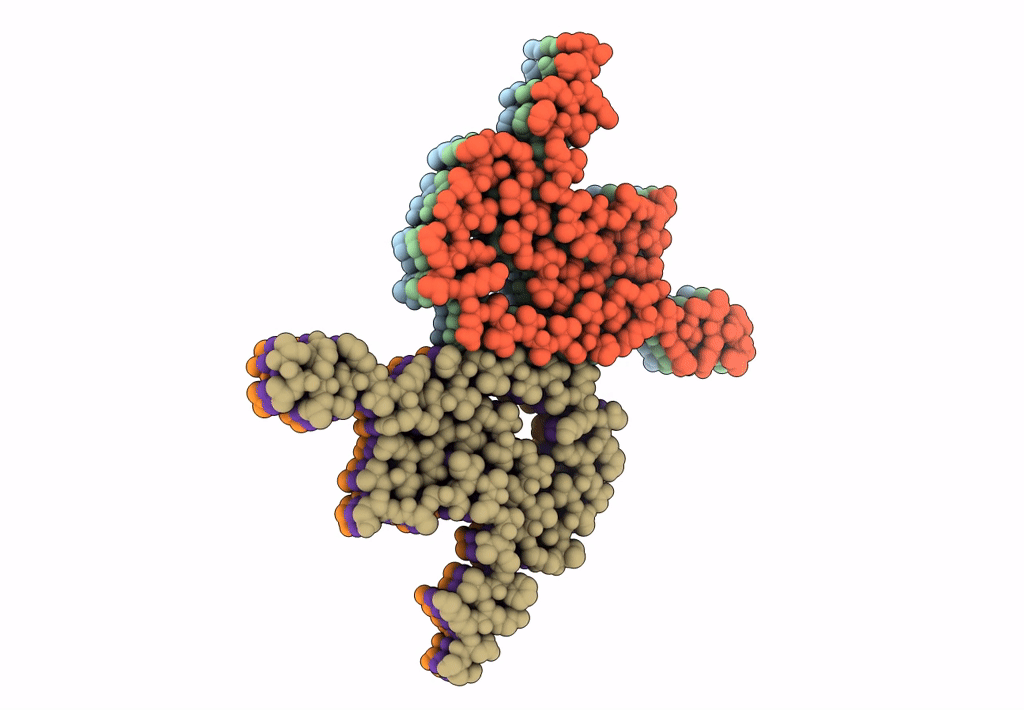
Deposition Date
2022-07-21
Release Date
2023-03-22
Last Version Date
2024-05-08
Method Details:
Experimental Method:
Resolution:
2.80 Å
Aggregation State:
FILAMENT
Reconstruction Method:
HELICAL


